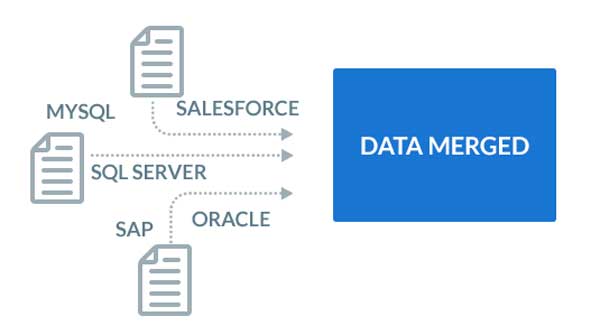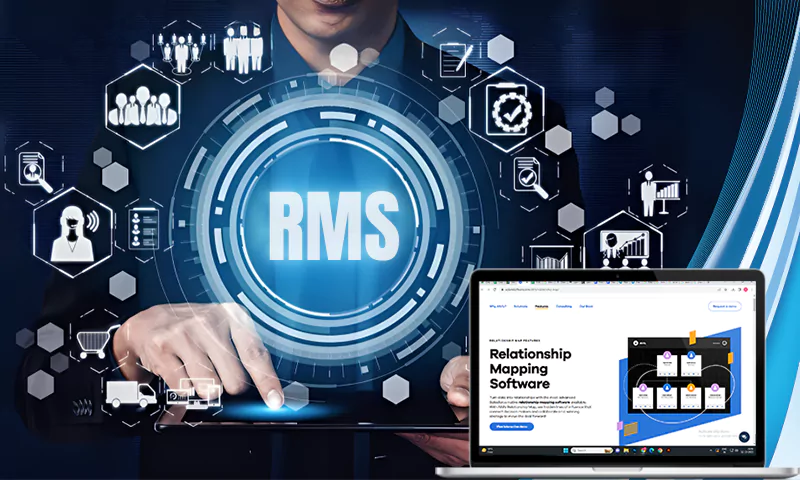Data Migration from SAP to Snowflake – A Review
Most organizations today prefer SAP as a database management platform and an optimized repository for data storage. Then why are businesses increasingly looking to migrate databases from SAP to Snowflake, a cloud-based data warehouse system?
It is primarily because the transactional nature of SAP often leads to delays in execution more so after the recent exponential growth of data-driven applications. Further, access to data stored in SAP is sometimes not clear as to who gets to the data and for whom that is not permitted. One way around this problem is to migrate databases from SAP to a cloud data warehouse system like Google BigQuery, Azure Synapse, Amazon Redshift, and Snowflake.
What the SAP to Snowflake migration mainly does is ensure that the database is replicated to various locations so that stringent data security is adhered to, a very critical attribute in the current data-driven business environment.

Why Move Data from SAP to Snowflake
Given here are some of the benefits of moving data from SAP to Snowflake.
- The most important benefit of this type of migration is that the data warehousing solution Snowflake being cloud-based provides fully-managed automated services such as data storage, compression, and high performance. Hence, for businesses, there is no need to build indexes or carry out any internal changes.
- Snowflake can process data from SAP or other third-party applications in the native format regardless of whether it is in an unstructured, semi-structured, or structured form. This is also applicable when changes take place in the architecture of the data files.
- The simple structure of Snowflake enables easy and seamless processing of SAP data. This is also possible because SAP customers get single-window access to actionable data, helping them to follow FAIR (findable, accessible, interoperable, reusable) principles.
- Users who have migrated data from SAP to Snowflake get authentic business content that helps them to carry out multiple intricate queries, report generation, and data loading.
- Snowflake provides flexible and scalable data storage capabilities and users can quickly scale up during a sudden surge in storage demand and later come back to previous levels by paying only for the quantum of resources used. This is unlike like traditional databases where charges are levied regardless of capacities used. Being on Snowflake is therefore cost-effective too.
If there is to be continuous loading of data from SAP to Snowflake both the source and the target have to be continuously kept in sync.
How to Move Data from SAP to Snowflake
There are several steps involved in the movement of data from SAP to Snowflake.
Step 1 – Know What is to Be Moved to Snowflake
Get the right information about what should be loaded into Snowflake namely –
- Tables and databases
- Users, roles, and applications that will be permitted to have access to the tables and the databases
- The applications and scripts to be used for loading data to tables
- The periodicity of updating data to the tables
- Data usage patterns
After these points are finalized the inputs and the level of support required for SAP to Snowflake data movement can be determined.
Step 2 – Decide on Plan Execution
After the variables are determined in Step 1, decide on an optimized execution plan. Adopt a phased approach where low-impact databases, applications, and tables are moved first before taking up other complex tasks. But keep in mind that regardless of the strategy the focus should be on syncing the data by the end of this stage. Follow this process now.
- Take into account past analysis. Accordingly, categorize the tables and databases into logical steps. Start with tables that typically need minimum changes and have a low impact on organizational operations.
- Simultaneous data movement, consumption, and end-to-end data ingestion should be done as it will help to quickly identify any issues early at every stage.
- Avoid manual coding and use automated tools that can speed up data movement from SAP to Snowflake. The best tools are those that substantially reduce time to market as they automate a large portion of the re-tooling and syncing activity, especially during executing repeatable steps in the phased approach.
Step 3 – Create Accounts in SAP HANA and Snowflake
After the first two steps are completed, the process of migrating data from SAP to Snowflake is to be started beginning with the setting up of Snowflake and HANA accounts. The Snowflake UI/CLI is to be used to configure the following on the cloud-based platform.
- Generating users and accounts on Snowflake
- Generating databases and warehouses on Snowflake
Step 4 – Building the SAP Data Extractor
Data can be extracted from SAP by writing your preferred code as SAP supports connections through ODBC/JDBC drivers and APIs. However, it has to be made sure first that all custom fields are extracted and type information preserved during data extraction. This helps later to create tables in Snowflake. A typed format instead of JSON/AVRO format should be used to store the data and avoid CSVs.
Step 5 – Building Tables in Snowflake
The data extracted has to be now used to create Snowflake tables. Snowflake field types have to be synced and mapped to the SAP field types. In case you have a typed format from Step 4, the process becomes very easy even though you might have to rename columns that do not match the Snowflake column naming norms.
Step 6 – Loading Data SAP to Snowflake
The files that are created can now be loaded to Snowflake using the COPY INTO command for bulk databases. Integrate a scheduler into the process if the process has to be run seamlessly on the desired frequency.
After successfully loading data from SAP to Snowflake, automate the activity to save time and henceforth update only the data that have been changed.
Also Read: A Comprehensive Guide for Data Organization
Share
















